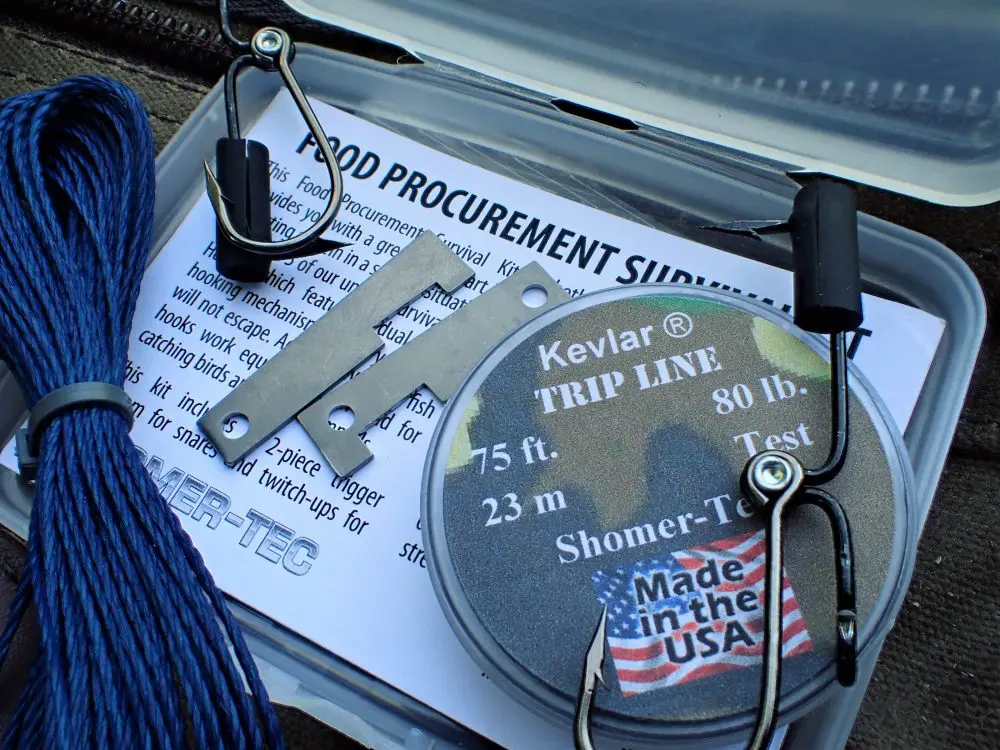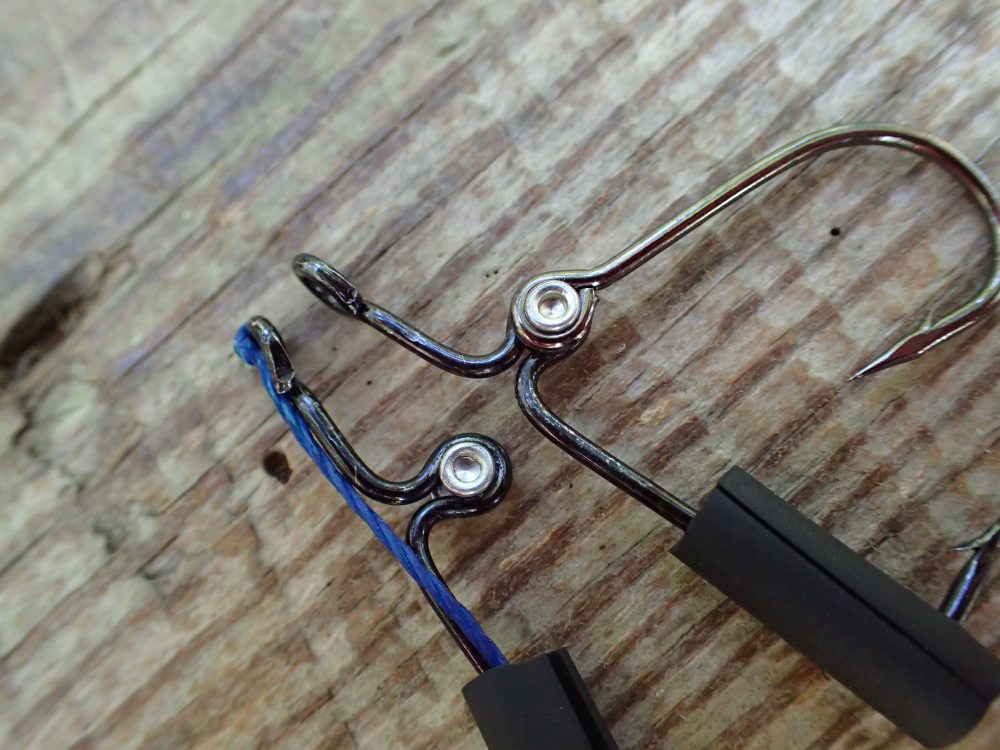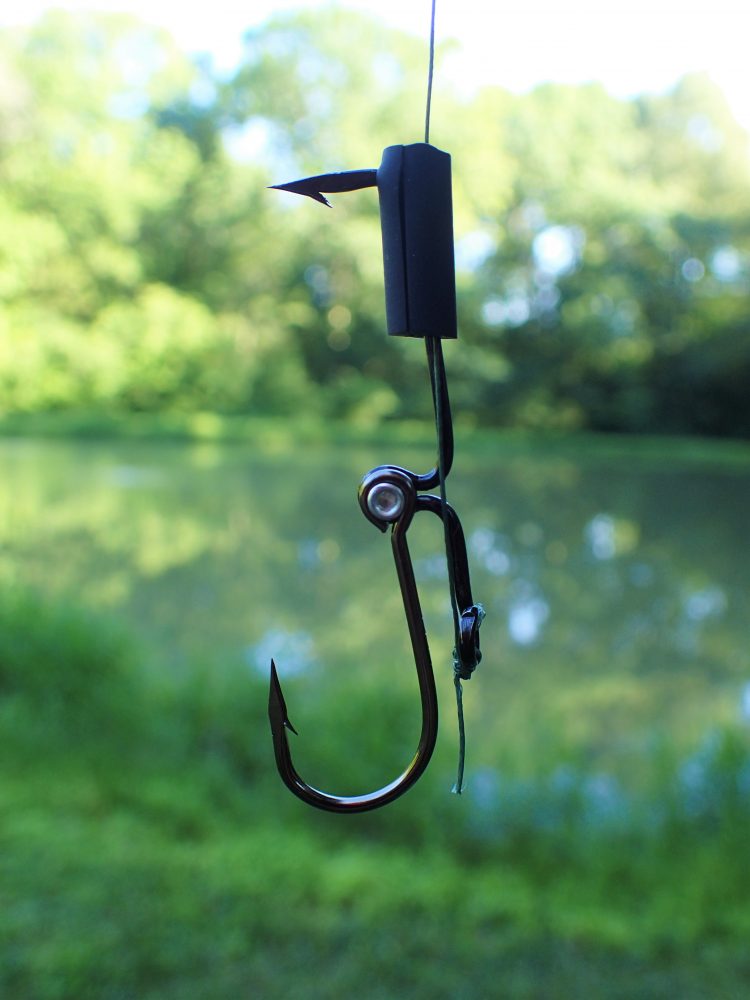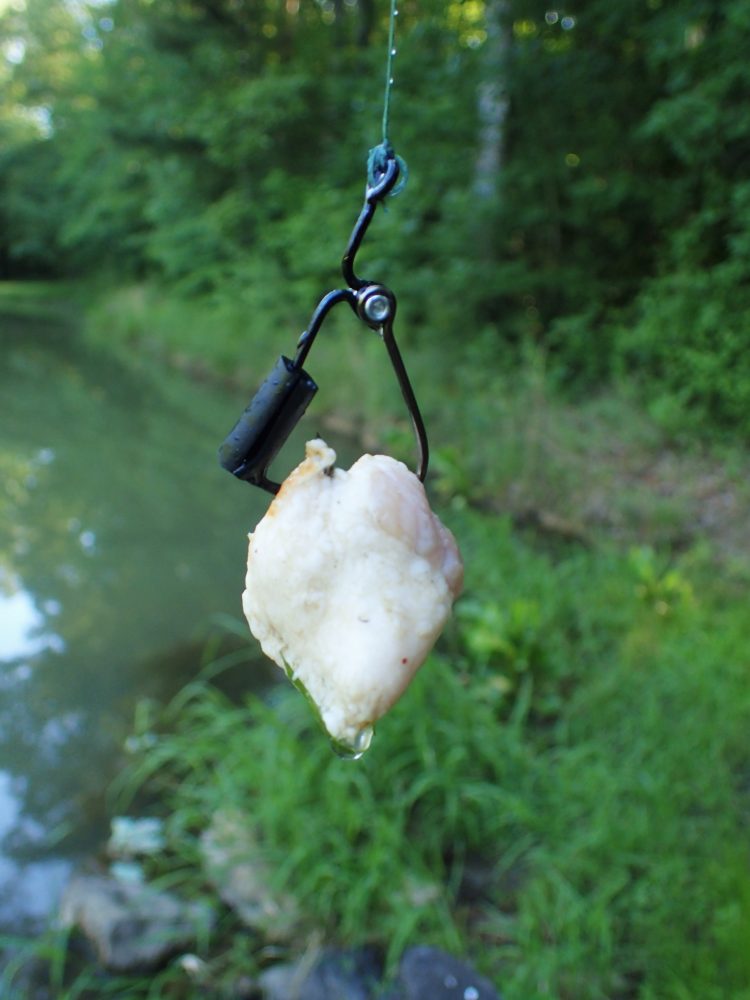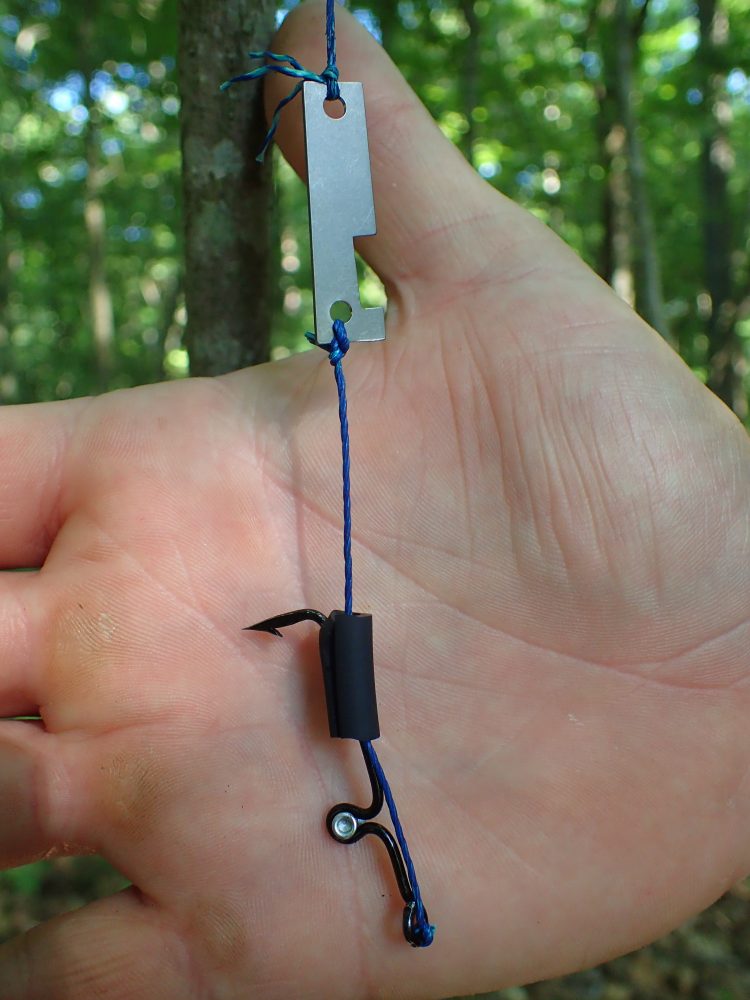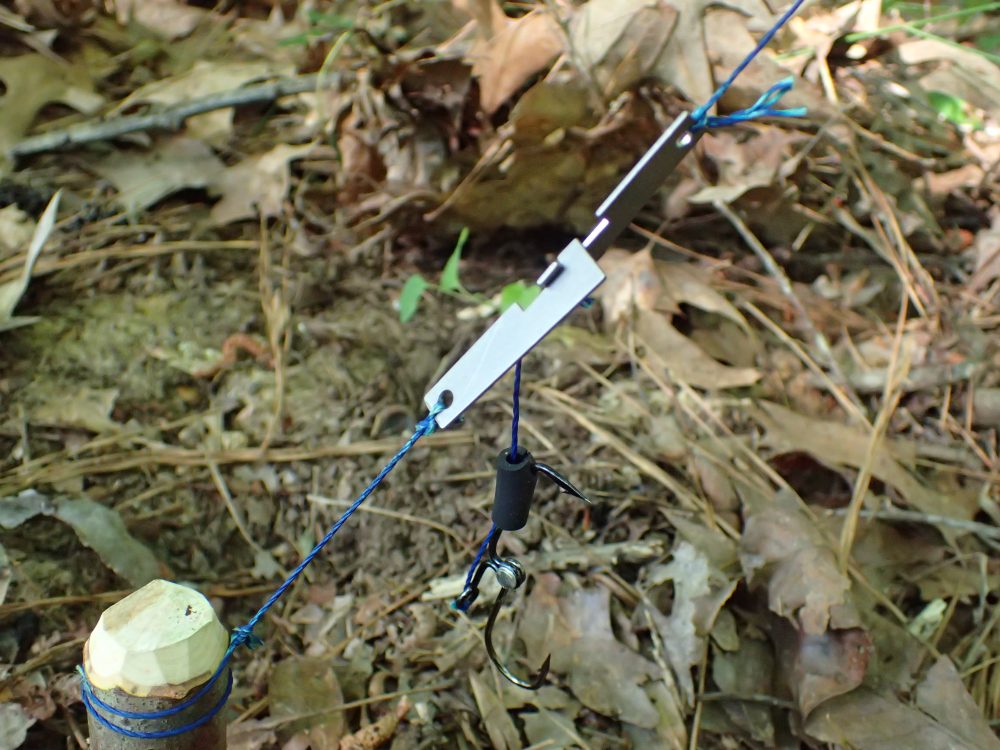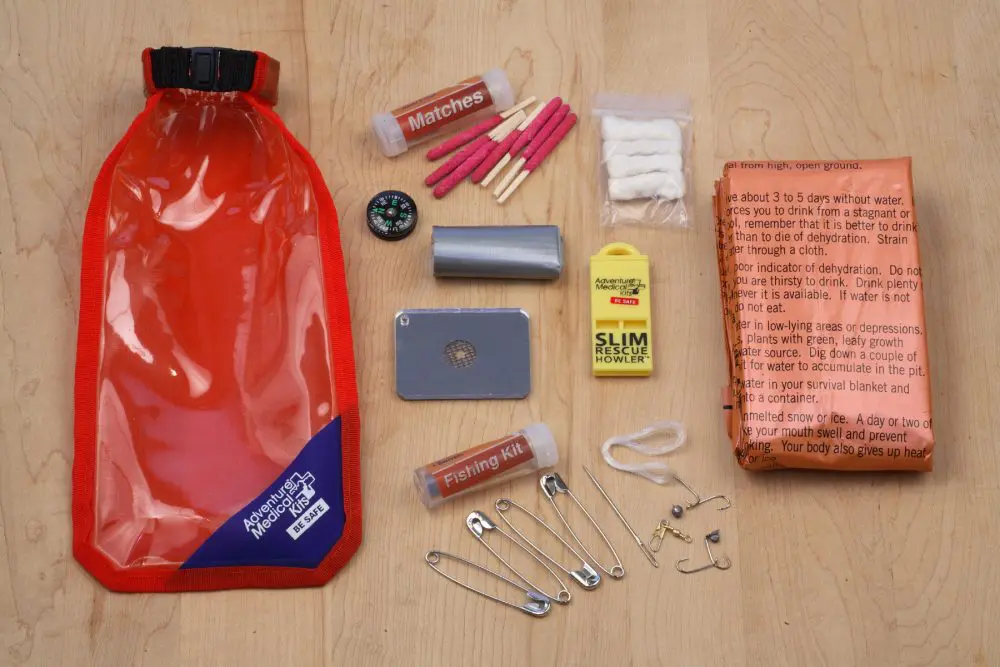Shomer-Tec Food Procurement Survival Kit contains survival fishhooks and a two-piece trap trigger system, along with Kevlar cordage intended to provide the survivor with a good head start in securing much-needed calories.
Shomer-Tec prides itself on offering a unique line of military and law enforcement products, along with spy and revenge products. Yes, revenge products. A quick look at their website and the picture becomes clear: they offer some useful stuff plus some possibly gimmicky items.
One kit I had been curious about was the Food Procurement Survival Kit, which revolves around two unique dual-action fishhooks that are designed to catch prey and lock them in, preventing them from escaping.
Although they are obviously fishhooks, they can be used on land to catch small game as well as in the water for fishing. Included in the kit is a two-piece trigger system for twitch-up traps. These two small titanium pieces are not only super-lightweight, but can be used in water without fear of corrosion.
Additionally, the kit includes 25 feet of 200-pound breaking strength Kevlar survival cord (blue), which can be untwisted and tied into 75 feet of 67-pound breaking strength (great for traps and utility). For fishing, Shomer-Tec includes 75 feet of 80-pound breaking strength Kevlar Trip Line (green). The kit comes packaged in a small clear polypropylene container measuring 2.75 x 3.75 x 0.75 inches. Instructions are included, and the overall weight of the kit is 1.5 ounces.
As trap was triggered, hook attachment failed. Author felt a single hook or conventional noose would work better in this scenario.
Table of Contents
THE POND
My buddy tested the kit in Georgia in his pond that has catfish, bream, and large-mouth bass. He had caught fish there many times, so this would be a good test.
The dual-action fishhooks were attached to the 80-pound test Trip Line and baited. I watched my friend repeatedly try to catch something in the pond, but every time he withdrew the line, the dual hook mechanism was in the closed position. This wasn’t a fish tank, so it was hard to see if the hook was closing only when bringing the line out of the water or worse, if it was happening while casting or in the water.
If the latter were true, it would suggest the hooks were closing when they were needed the most and would render the whole design useless, because the hooks would not be utilized.
The task was repeated to ensure the line wasn’t getting caught on debris or any underwater growth, but the results remained the same. The hooks were closed and the bait was still on the hook.
Even if the hooks came into contact with debris or growth, it would be something that could happen in any situation where a person was fishing for recreation or survival. But a regular hook would not suffer this type of failure from normal use because it has no moving parts. This is one of those situations where simple is better and less is more. Why try to reinvent the wheel?
Hook set up for fishing. When hook is baited and fish hooked on, two hooks are meant to close on fish and trap it.
EPIC FAILURE
Moving on to the rest of the kit, I used the Kevlar line in conjunction with the two-piece trap trigger system on a twitch-up trap I made in the woods. Although trapping is illegal in most states, this was on my buddy’s land and set up for testing purposes only. I found a small green sapling that had enough bend to be used as the engine for the trap.
There are many ways to make and set up a twitch-up trap. This was just a basic set up using the dual-action hooks rather than a noose made from cord.
The two titanium pieces simulate what is usually made from two opposing pieces of wood called an L7, where the two pieces fit into each other and are held by extreme tension from the engine (sapling), with a noose attached to the top piece and sapling. When the animal gets caught in the noose, it separates the L7 and sends the top portion up, strangling the animal.
The benefit of having these two pieces already available is time. No time or calories are spent looking for the right pieces of wood and carving the L7 parts. All the time and energy can be spent on finding the right place to set up the trap, such as on a small-game trail or outside a squirrel hole.
Baited hook would close when retrieved from the water. Hook would close easily when underwater, rendering both hooks useless.
The bottom piece of the trap part needs to be secured to a wooden peg in the ground. A simple tent-style peg will do. It needs to be about six to seven inches long and pounded into the ground at an angle facing away from the tension of the sapling. This keeps it more securely in the ground.
The top trigger piece is the one with two holes. One is for attaching it to the sapling, and the bottom hole is for attaching the hook or conventional cord noose. I used the supplied blue Kevlar cord for the twitch-up trap. A little trial and error gets the parts locking together and the hook dangling at the correct height.
When setting up a conventional twitch-up trap, there is a high probability the trap will disengage and could whack the person in the face, just like setting up a deadfall trap comes with a chance of not getting it the first time and smashing the hand a bit. But using the hooks instead of the cord noose makes it even more dangerous, because if the sapling doesn’t smack you, the hooks will snag you and ruin your day.
Bottom hook separated from mechanism when trap was triggered. Engine’s force seemed too great for the hook attachment.
The final test came when the trap was ready to be triggered, just to see if the hooks would close and how the two pieces would disengage. When the bottom hook was tapped with a stick, the pieces came apart smoothly and with great force, as expected. Unfortunately, the hook came apart with the force of the trap and was flung into the woods, never to be found. Epic failure.
The hook came apart after the first time the trap was triggered, but I wonder if it would have done so if there had been an animal on the hook? Either way, the hook fastening point may not have been strong enough to hold the weight of a rabbit or squirrel, let alone the force of the empty hook being triggered.
Two-piece titanium trigger set is a unique portable design that saves survivor from having to make more things. With a cord noose, this would be a great option and safer for the user to set up.
CONCLUSION
Primitive cultures around the world have managed with the simple fishhook design up through the present day, and the design hasn’t changed much, just the materials and sizes available.
Survival in general is a short-term ordeal, not long term. Food isn’t necessary for survival until approaching day 30, so depending on a kit to get your food should be weighed against bringing something else more important that works, such as a way to purify water.
Shomer-Tec has a great idea with the two-piece titanium trap trigger set but should focus on making the product work before selling it. I look forward to trying more Shomer-Tec products, but this one simply didn’t make the grade.
Reuben Bolieu is an adventurer, writer, photographer, and survival instructor for Randall’s Adventure & Training. He has spent most of his life hiking and backpacking through the wildernesses of the world. A lifetime student of survival, he has studied primitive survival techniques from all over the world.
SOURCE
SHOMER-TEC
(360) 733-6214
www.shomer-tec.com
